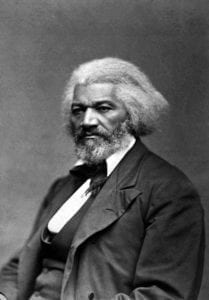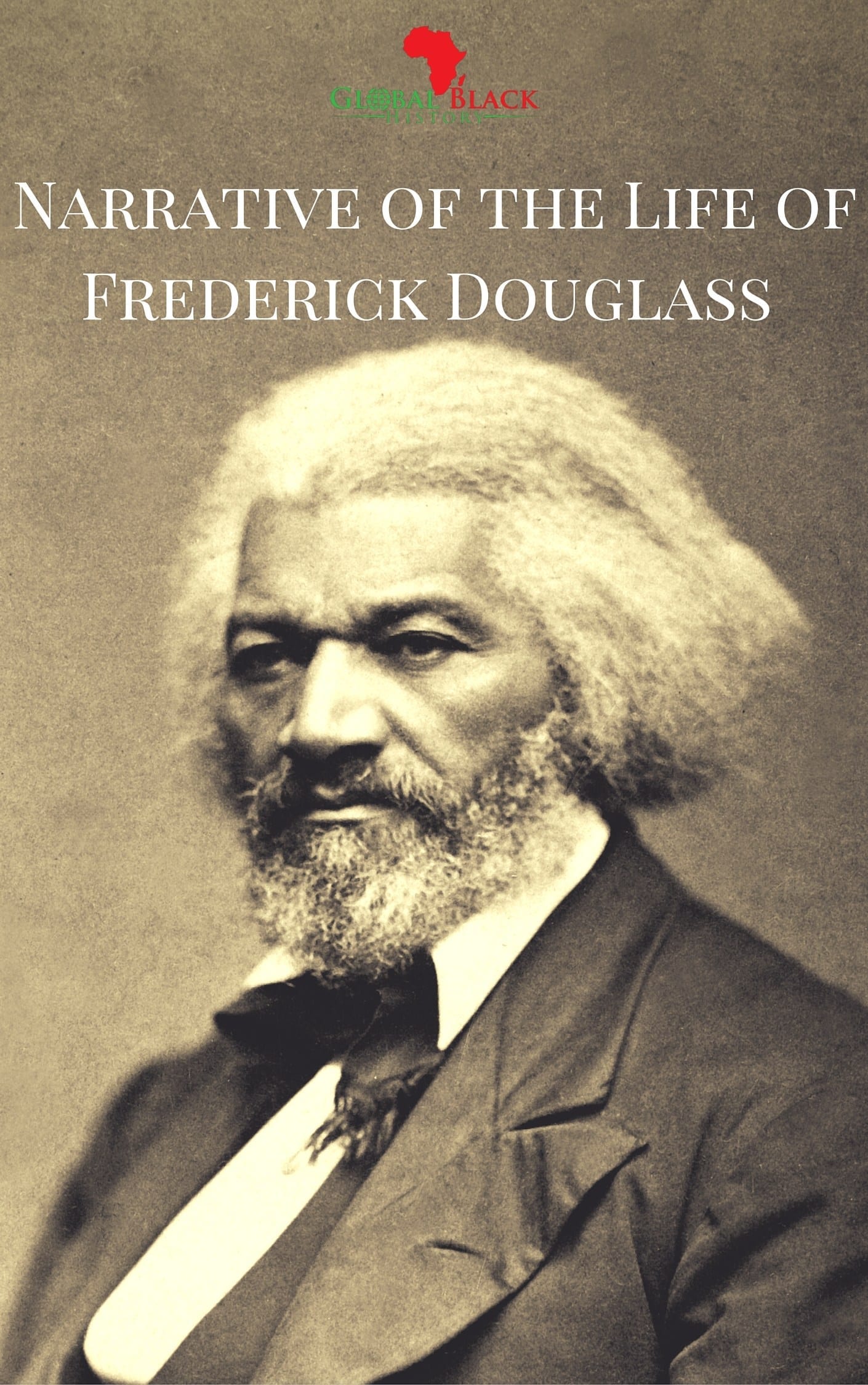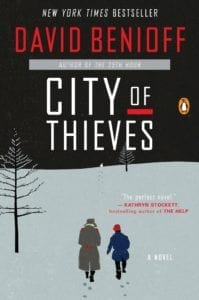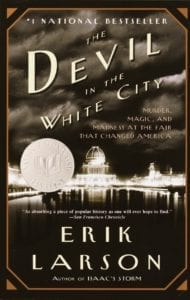Narrative of the Life of Frederick Douglass
Reason Book was Chosen:
Saw this book pop up on a newsletter I receive and it looked like a good one.My Thoughts

Exact Date Shot Unknown
NARA FILE #: 200-FL-22
WAR & CONFLICT BOOK #: 113
Frederick Douglass was born Frederick Augustus Washington Bailey in February of 1818 to a black mother and a white father. He was never told who his father was, but he believed it to have been his master at the time, meaning his mother was raped. He only saw his mother a few times before she died when he was 7. They were separated early, as was common for children fathered by white masters.
Thus begins the life of one of the most famous abolitionists. Frederick Douglass was a slave for 20 years before he fled Maryland and found himself in New York City. For the next 57 years, he dedicated himself to the cause of the abolition of slavery.
This book mostly focuses on Douglass’ first 20 years of life as a slave. At just 76 pages, it was powerful. It’s one of the most important books I’ve read for this project and I was continually amazed at the breadth of experience, pain, and insight contained within each paragraph. It was a book forged through suffering.
One of my main takeaways was how Douglass described the abomination of slavery for the slave, but also how it transformed the slaveholder. He said it turned men and women into demons. It made their religion a hypocrisy. It worsened their economic potential.
It was an astonishing book that should be required reading. I plan to read David W. Blight’s Pulitzer Prize winning Frederick Douglass: Prophet of Freedom in 2020.
One neat thing about Fredrick Douglass is that he was the most photographed man in the 19th century. These photographs had a purpose. Douglass wanted the viewer to confront his direct stare and stern look. He didn’t want to fall into the “happy slave” narrative by smiling for the camera. He wanted you to be confronted with your own thoughts about him as he looked you squarely in the eyes. Those photos are stunning.



